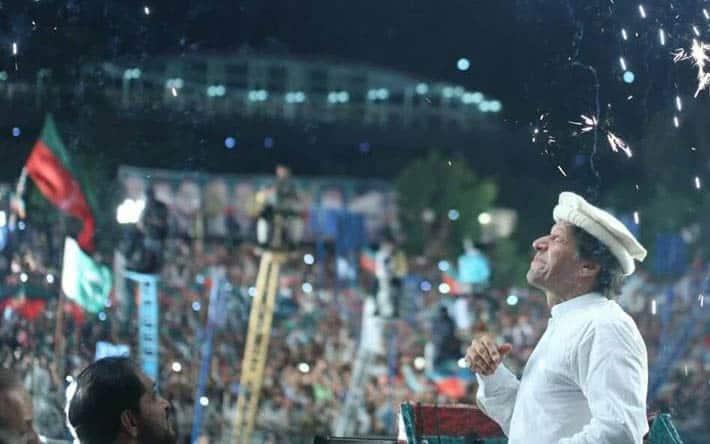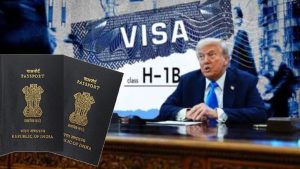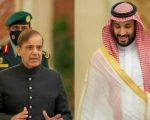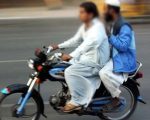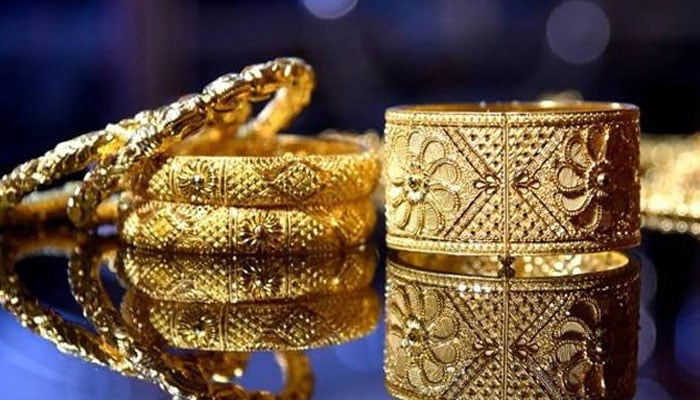Pakistan Tehreek e Insaf, popularly known as PTI, but politically projected by the opposition as Imran Khan’s party, has turned 22. Its great number; even if we switch its digits, it’s still 22.
However, 22 may be a very exciting and youthful age for a person, particularly for males; for a political party of PTI’s size and stature, it’s quite a coming of age.
On 22, its either our inadequate gender orientation or bad masculinity tilt, when we men hear someone say a number between 16 and 24, which is the official age-range of youth by the UN, not many think of gender-neutral youth. Most men think of you know who. And, men can’t be blamed for that because it’s the fault of the old poets who glamourized the sweet 16, then 18, then 22.
A person in Pakistan, boy or girl, hardly gets to see or say even one-tenth of what PTI has lived, seen and said in these 22 years. On the last parameter, the party leaders of other two big parties (PML-N and PPP) have not said in the last 20 years what PTI chairman has in the last 4 years.
It’s the second largest party in Pakistan, if we consider the vote-count of 2013 elections. But, its the largest party in South Asia, if we look at its social media presence. It is the most covered-by-TV party in Pakistan as well.
It has learnt many lessons at very low social or political cost, as compared to PPP, or PML-N: who look remarkably pronounced losers when it comes to lessons learnt, and at what price!
Let’s look at the four major lessons PTI has learnt in the four elections since its formation, and assess how those might benefit it in the forthcoming elections.
Soon after its founding in 1996, the then PPP Government was dismissed by PPP’s very own president, and PTI faced the first elections when it had not even learned how to crawl.
But despite being a nascent party, it still managed to learn the best of the four lessons – it nominated ‘clean candidates’ and none of them won.
The lesson was that it’s not the cleanliness of reputation or personal cleanliness of candidates that can help win elections, it’s the number of votes.
PTI in the next elections is not awarding party ticket to any ‘clean candidate’ in constituencies it aims to win.
It will still nominate more clean candidates than the other two, in constituencies, it doesn’t like to win.
Similarly, since many of the ‘electables’ from the other parties have joined PTI, it is expected that the others may end up nominating several clean candidates for a change!
Second lesson PTI learned was in the 2002 elections, where ‘it was allowed to’ win only one seat, of its chairman. The lesson was, if the establishment, i.e., Pakistan Army, i.e., ISI doesn’t want you to win, you don’t win. So, in the next elections, that risk is fundamentally taken care of.
In 2008, elections, PTI learnt the third lesson when it boycotted the elections and others won. The lesson was quick and obvious – if you don’t play, you can’t win.
In the next elections, the others may repeat this mistake on behalf of PTI, but PTI won’t.
In the 2013 elections, the fourth and final lesson was learnt, that is, even if ISI, i.e., Pak Army, i.e., the Establishment keeps its hands off the elections there still is another semi-establishment – the judiciary, i.e., the ROs (Returning Officers), who helped PML-N ‘win’ 25-30 seats more than the actual-vote-count would have them won.
Going into the next election, that risk is also well managed – but not as much by PTI’s political strategy, or Imran Khan’s tactical prowess, as much by Mian Saahb’s spicy follies.
With these four (2+2 = 4) great lessons in its bag, the next election is PTI’s to lose.
The only thing that Khan Sahb needs to watch, or those who watch Khan Sahb, must watch – is Khan Sahb’s affairs of the heart.
That is one area where PTI as a party and its founder seems to have the same age.

